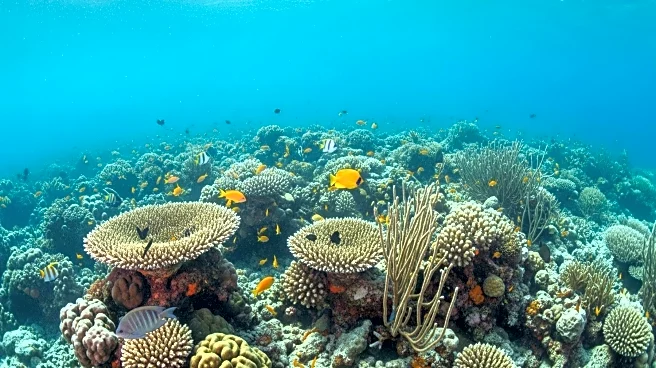What's Happening?
A novel hybrid model combining geostatistical and deep learning techniques has been developed to improve geochemical predictions in historical mine tailings. The model, known as GCNN-RNN, integrates geostatistical knowledge from Ordinary Kriging with deep learning methods like 1D CNN and BiLSTM. This approach has demonstrated significant improvements in prediction accuracy, achieving R² values exceeding 0.97 for various elements, compared to traditional methods. The model effectively captures spatial heterogeneity and sharp local variability, which are crucial for environmental risk assessment and resource recovery.
Why It's Important?
The development of the GCNN-RNN model represents a significant advancement in environmental science and resource management. By providing more accurate geochemical predictions, this model can help mitigate environmental risks associated with mine tailings, such as contamination and acid generation. Additionally, it aids in identifying areas with high concentrations of valuable elements, enhancing resource recovery efforts. This dual benefit supports both environmental stewardship and economic efficiency, making it a valuable tool for sustainable mining practices.
What's Next?
Future developments of the GCNN-RNN model may include incorporating formal uncertainty estimation to enhance decision-making processes. There is also potential for broader applications in other geospatial contexts, such as climate change mitigation and land-use optimization. Continued collaboration among environmental scientists, data scientists, and engineers will be crucial in refining the model and expanding its use across various domains.










